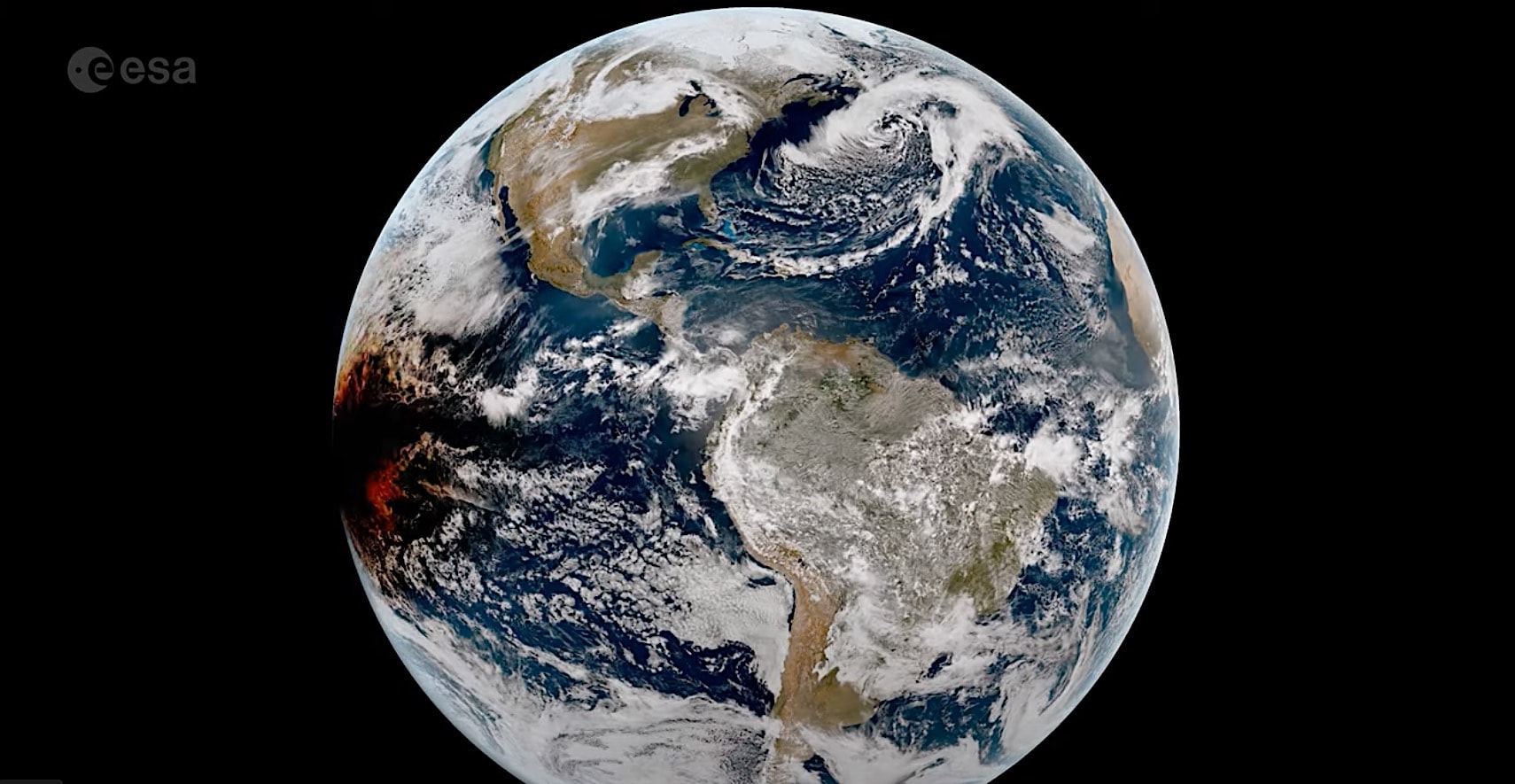April 8, 2024, marked a momentous event as large swathes of North America experienced a solar eclipse, fascinating approximately 32 million spectators. While eclipses are natural occurrences, their rarity and spectacle never fail to enthrall observers.
As the moon’s shadow swept across the continent, casting darkness in its wake, satellites captured the phenomenon from space, offering a perspective of unparalleled beauty.

The Geostationary Operational Environmental Satellite (GOES-16), among others, documented the eclipse’s progression, revealing the moon’s shadow traversing the Earth’s surface.
This breathtaking visual, captured by GOES-16, showcases the eclipse’s magnitude, providing valuable insights into atmospheric dynamics and weather patterns. Beyond its aesthetic appeal, satellite imagery serves as a crucial tool for scientific research, enhancing our understanding of celestial events and their impact on our planet.

